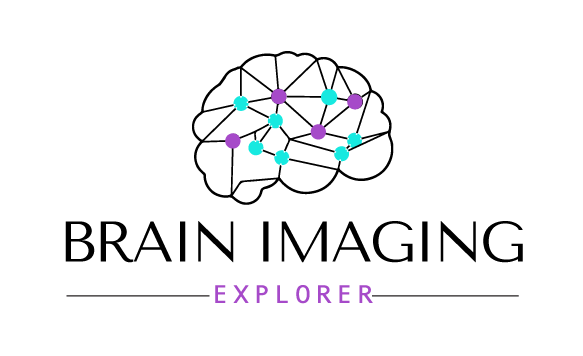Neurosynth
What is it?
Neurosynth is a platform that synthesizes brain imaging data from thousands of published studies to perform an automated meta-analysis. A meta-analysis is when you use statistics to combine the results from multiple studies. The images that Neurosynth produces show the brain activity patterns that emerge after pooling across a large set of functional magnetic resonance imaging (fMRI) studies.
What can I use it for?
ou can use Neurosynth to search for a specific term that you are interested in. Neurosynth will then conduct a meta-analysis of the published articles in its database that mentioned that term in the abstract of the articles.For example, if you search for “memory retrieval,” Neurosynth performs a meta-analysis of the 228 studies in the database that mentioned memory retrieval in their abstracts.
You can also see and search a comprehensive list of the more than 14,000 studies that are currently in the Neurosynth database.This can be helpful for finding scientific articles for a literature review.
The Neurosynth-Gene tool allows you to view brain maps of gene expression levels (based on the Allen Human Brain Atlas microarray dataset). You can then compare these gene expression maps to specific Neurosynth terms. For example, the DLG3 gene expression map is correlated with memory retrieval.
How do I use it?
Watch this video tutorial by Sally Seraphin and Shannon Stock that walks you through some of the features of Neurosynth.
What are some example assignments?
Part I of this assignment created by Sally Seraphin and Shannon Stock is a great one to use to give students practice using Neurosynth.(1)
Here is a modified version of Part I of Seraphin & Stock’s assignment that I have used as an activity in an undergraduate cognitive neuroscience course. It emphasizes the difference between forward and reverse inference and the problems with reverse inference.
Part II of Seraphin and Stock’s assignment provides students with the opportunity to research an anatomical or functional term of interest and generate a research question.
This research proposal assignment can be used in an advanced undergraduate or graduate course in cognitive neuroscience.
Seraphin & Stock – Neurosynth Assignment
Dudukovic – Neurosynth Activity
Dudukovic – Research Proposal Assignment
(1) Seraphin, S.B., & Stock, S. (2020). Non-disposable assignments for remote neuroscience laboratory teaching using analysis of human data. The Journal of Undergraduate Neuroscience Education (JUNE), 19(1): A105-A112.
